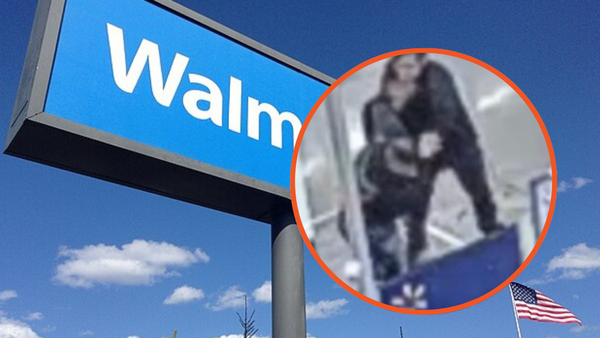
Buying a new car is far more expensive than it was just a few years ago. In August 2024, the average price for a new car was $47,870, down 1.7% from August 2023, but still up significantly from four years earlier, when prices where in the upper $38,000s, according to automotive-research company Kelley Blue Book.
And according to Edmunds, an online resource for car shoppers, the average new-car loan came with a 7.1% interest rate, a 68.8-month payment term (almost six years) and a whopping $736 monthly payment.
By comparison, the average payment for a new lease was $595 in early 2024, according to credit-reporting company Experian. And leasing is on the rise this year, with about 24% of new cars leased in early 2024, compared with 19% in early 2023.
Weighing the costs of buying vs leasing a car
On its face, leasing looks more affordable than buying because the monthly payments are usually lower. Let’s say, for example, you want to drive a Honda CR-V, the most-leased car in the first quarter of 2024, according to Experian. With a sticker price near $33,000, the lease payment would be about $500 for three years. By comparison, if you get a 60-month loan to purchase the same car, with no down payment and a 7.84% interest rate, your monthly payment would be more than $700.
Yet, in the long term, leasing is more expensive than buying for one simple reason: As long as you lease, your car payments never end. On top of that, leasing is mostly limited to new (or sometimes gently used) cars, which aren’t exactly budget-friendly. In 2023, drivers had only 10 new-car models to choose from that were priced at $25,000 or less.
Plus, with a lease, you have to repair excess wear and tear before returning the car and pay a disposition fee (which covers the cost of reconditioning the car) of about $350. If you drive more than a certain number of miles per year set by the dealership — often 10,000 to 15,000 — you may also face penalties of 15 to 30 cents per mile above the limit.
When is leasing a better choice than buying?
If you love to drive the latest car models and know you’ll be trading up every few years, leasing is usually the way to go — as long as you’re OK with a never-ending monthly payment.
Additionally, if you’re in the market for an all-electric vehicle or a plug-in hybrid, you may want to lease. Leased vehicles have broader eligibility than purchases for a federal clean-vehicle tax credit (up to $7,500), since leased EVs and plug-in hybrids are classified as commercial vehicles. This helps them qualify without the income, pricing or sourcing questions that arise if you buy the car instead. (For more, see “Is a Hybrid Car Right for You?”)
How to lower the purchase price of a car
The best way to make a car purchase more affordable is to get a used car. For example, you can buy a new Toyota RAV4 — which was recently the most popular SUV, according to Kelley Blue Book — starting at about $28,600. If you buy a used 2020 model instead, you’ll pay about $21,700.
To bring down the purchase price even further — and to get better fuel economy, reducing how much you pay for gas — go for a smaller car. Some of the safest used cars are small, according to the Insurance Institute for Highway Safety (IIHS), including Toyota Corollas and Honda Civics.
If you plan to get a loan, shop among local banks and credit unions — they typically offer more competitive interest rates than dealers.
Note: This item first appeared in Kiplinger Personal Finance Magazine, a monthly, trustworthy source of advice and guidance. Subscribe to help you make more money and keep more of the money you make here.







